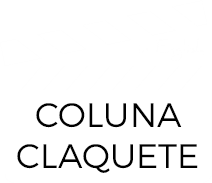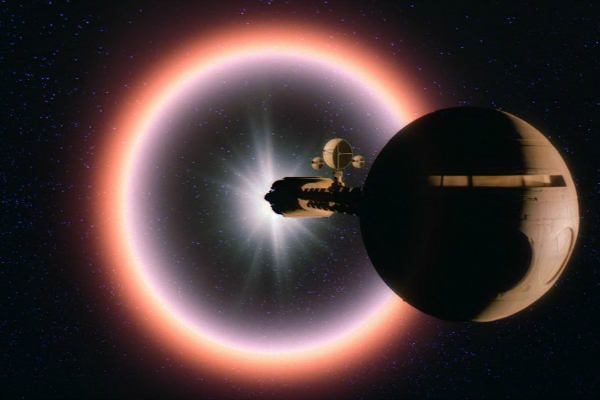2010: The Year We Make Contact
A new odyssey
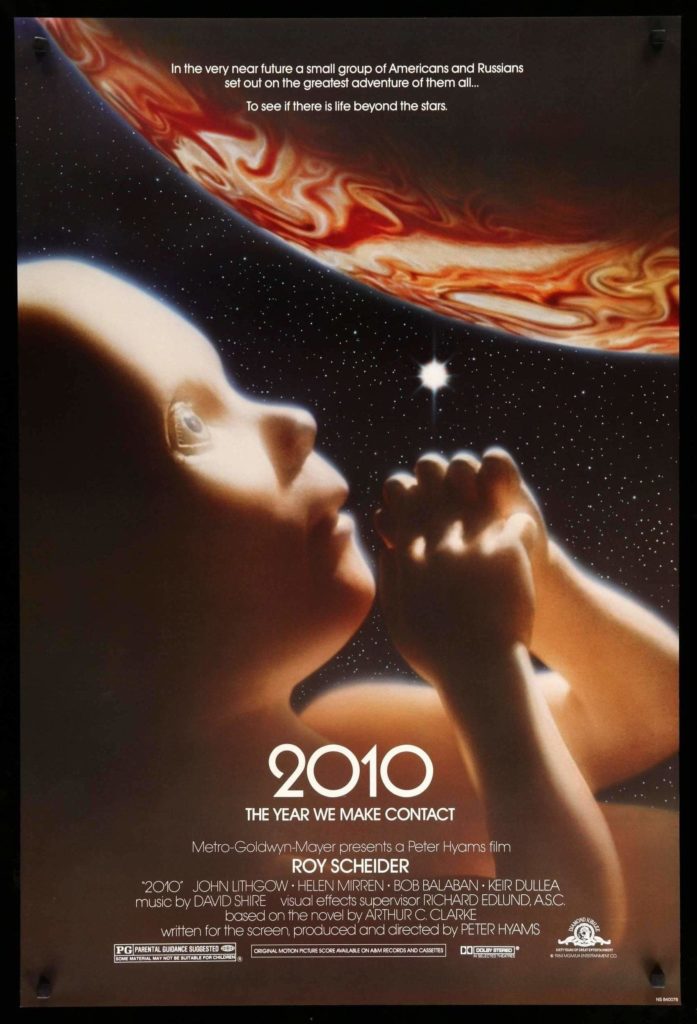
It is almost certain that most of the people who saw “2001: A Space Odyssey” (USA, 1968) left the theater full of doubts, and eager for some kind of sequel that would better explain the movie. This wish would be fulfilled only in 1984, with the premiere of the film “2010: The Year We Make Contact” (USA, 1984). Have expectations been met? That’s what we’ll see next.
Depending on Stanley Kubrick, the sequel would never exist. As the first film and Arthur C. Clarke’s book were done in parallel, everything indicated that the story of Dave Bowman’s mysterious encounter with an alien intelligence in the vicinity of Jupiter would remain without further explanation.
However, thanks to a Brazilian science fiction writer, Jorge Luiz Calife, the second volume of Clarke’s odysseys came out. Clarke himself recognized this contribution in the acknowledgments for the book, published in 1981.
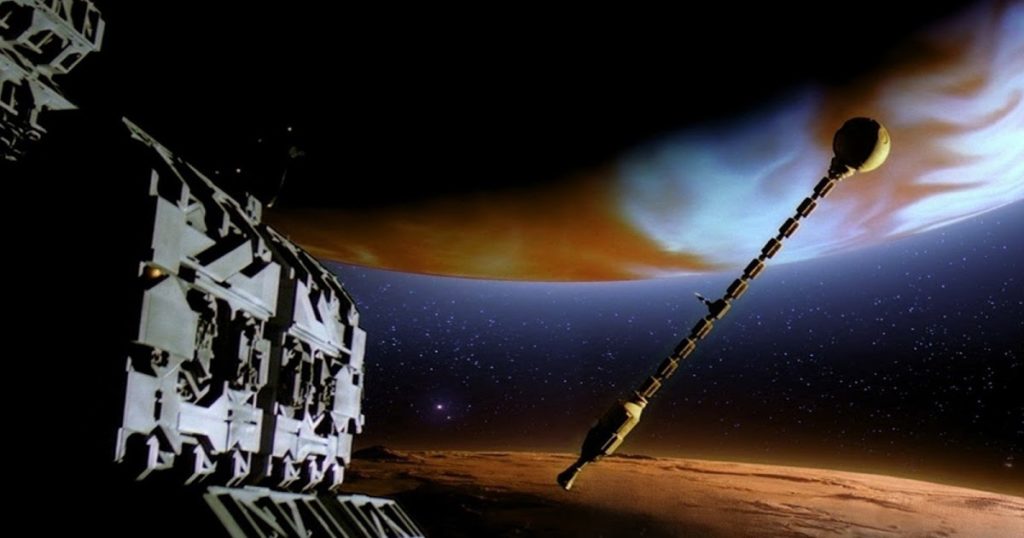
The film, starring Roy Scheider, Helen Mirren and John Lithgow, takes place nine years after the events of “2001: A Space Odyssey”. Heywood Floyd (Scheider), now a university professor, is visited by a Russian scientist, who makes a strange suggestion: convince the American government to participate in a Soviet mission to Jupiter, to investigate what happened to Dave Bowman after the meeting with the alien artifact.
At first Floyd was reluctant, but when he discovered that the American spacecraft Discovery was threatened with crashing on Jupiter, he decided to go ahead with the proposal. In the end, the two governments agreed and Floyd himself was invited to be part of the expedition. Most of the crew was Russian, commanded by Tanya Kirbuk (Mirren), but engineer Walter Curnow (Lithgow) and the creator of the HAL 9000 computer, Dr Chandra (Bob Balaban) also went on the American side.
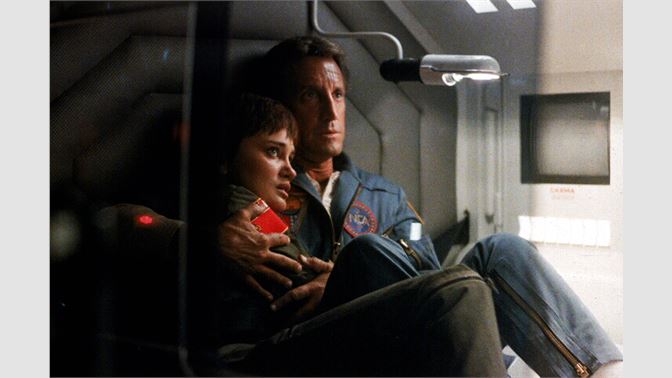
The journey went by without incident, but the encounter with the alien artifact brought few answers. The biggest discovery was the explanation of why HAL 9000 murdered the astronauts in the first movie.
But, the trip also had its surprises, such as the appearance of Dave Bowman (Keir Dullea), now transformed into a representative of the creators of the monolith, who had their purposes for the planet Jupiter. As a result, the earthlings had to hurry to leave, as a very important event should take place.
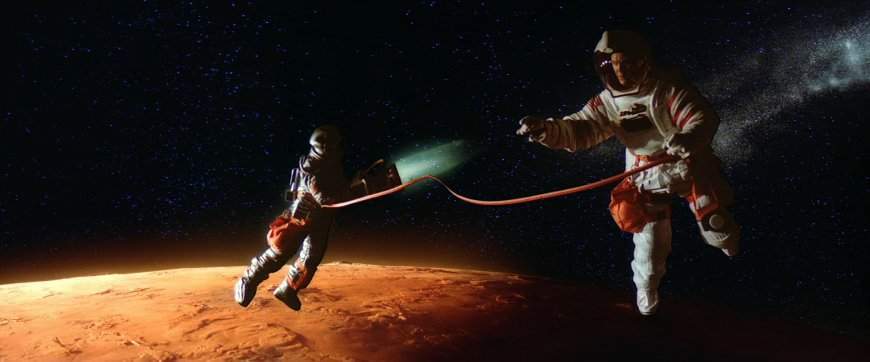
Interestingly, “2010: The Year We Make Contact” has a more commercial appeal, and is more like an action-adventure movie than its predecessor. In his movie, Kubrick wanted to make a film more science than fiction, and this was evident in the long silent and very detailed scenes.
In “2010: The Year We Make Contact”, several modifications were made even in relation to the book itself to incorporate a more dramatic and tension tone. One of the most curious aspects was the incorporation of the Cold War environment between the characters, a fact that does not exist in the book. However, if we remember that the movie was made in the middle of the Reagan era, while the Soviet Union occupied Afghanistan, it would be difficult to imagine the world any other way.
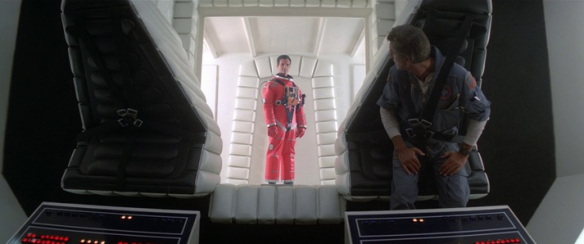
In counterpoint, once again we see the extraordinary ability of the writer Arthur C. Clarke to anticipate the future. Despite imagining that a communist Soviet Union would still exist, not only did he envision solid cooperation between the two blocs, he also foresaw China’s rise as a powerful force in the military and scientific fields.
“2010: The Year We Make Contact”, directed by Peter Hyams, earned five 1985 Oscar nominations in the categories of Art Direction, Costume Design, Best Sound, Visual Effects and Makeup. Despite the differences from the book, it is an interesting film, with special effects that owe nothing to the first movie, good acting from the cast, and a story that keeps the viewer’s attention.
